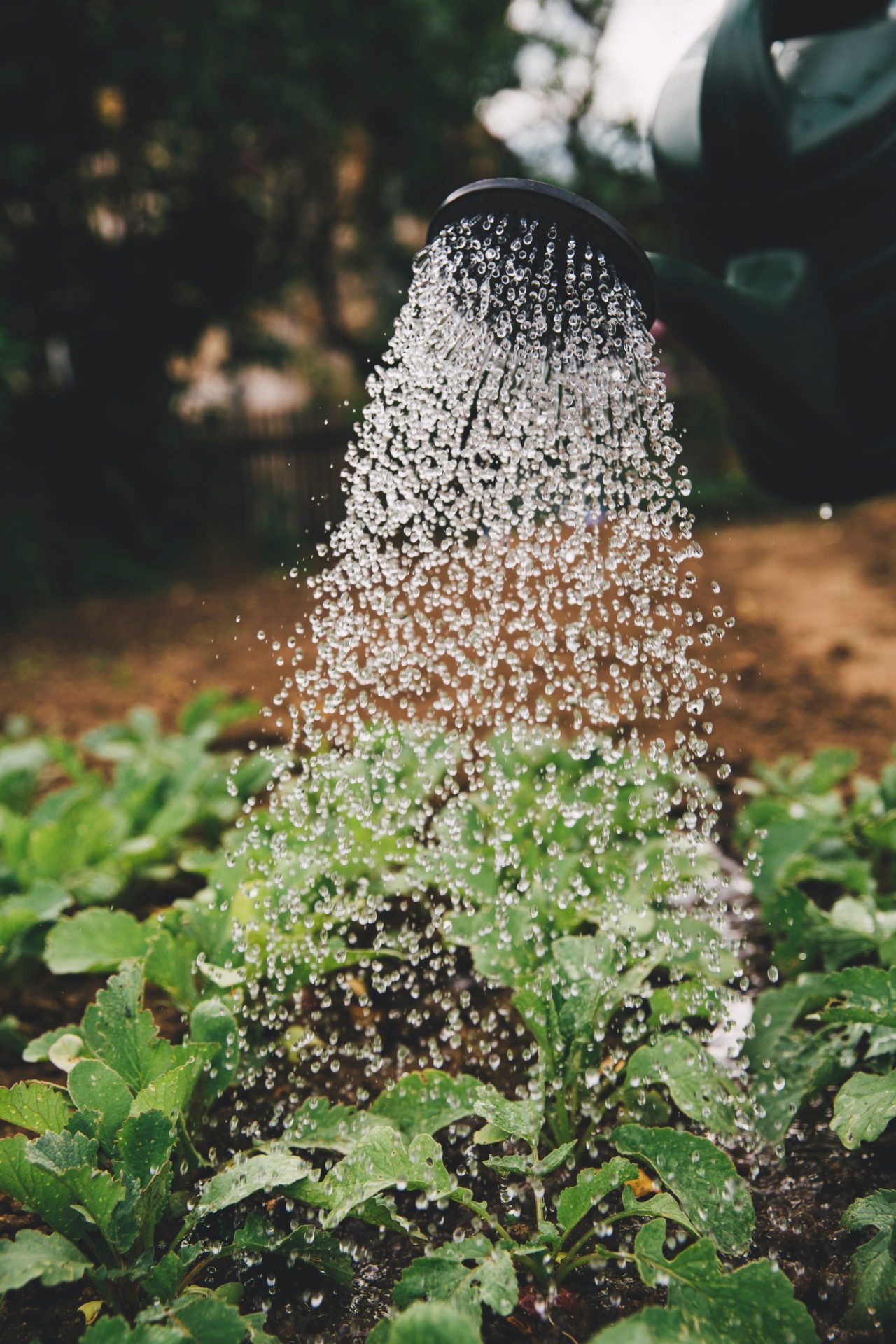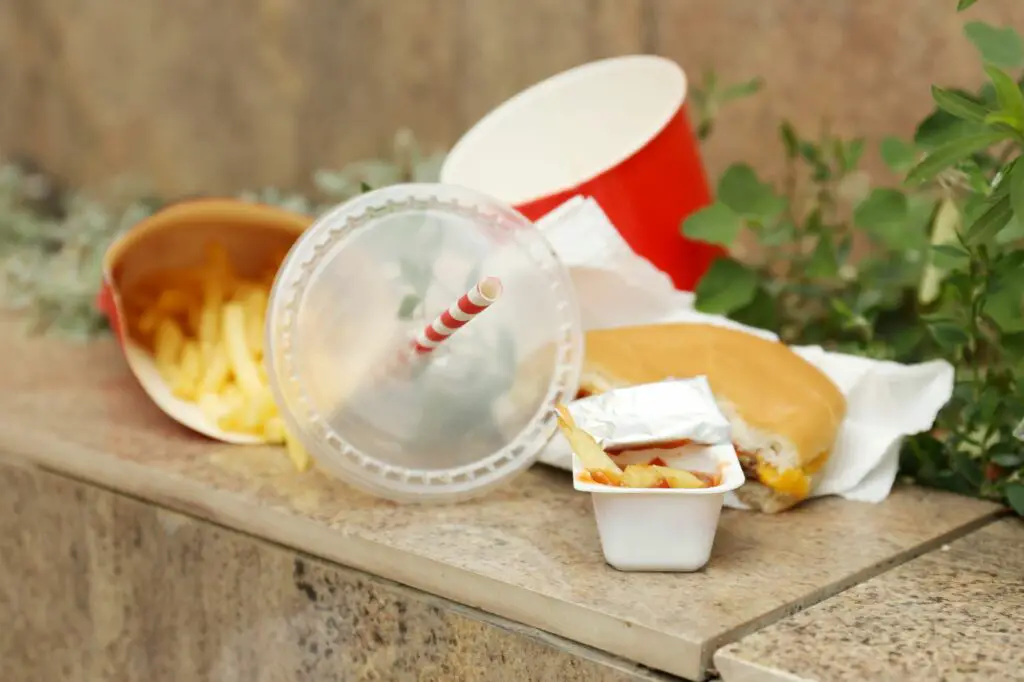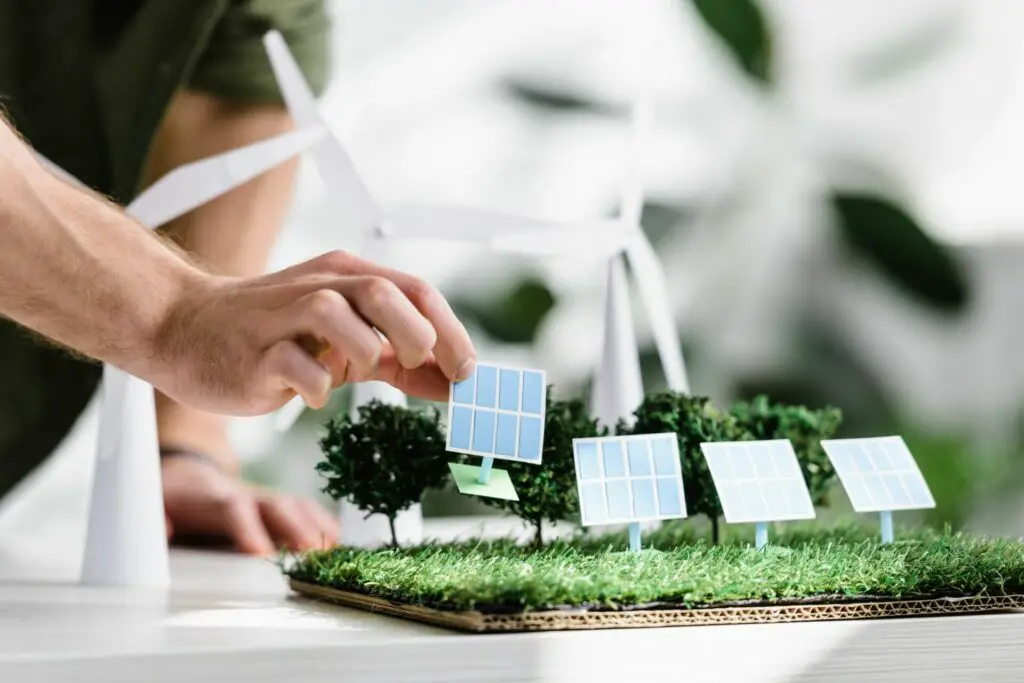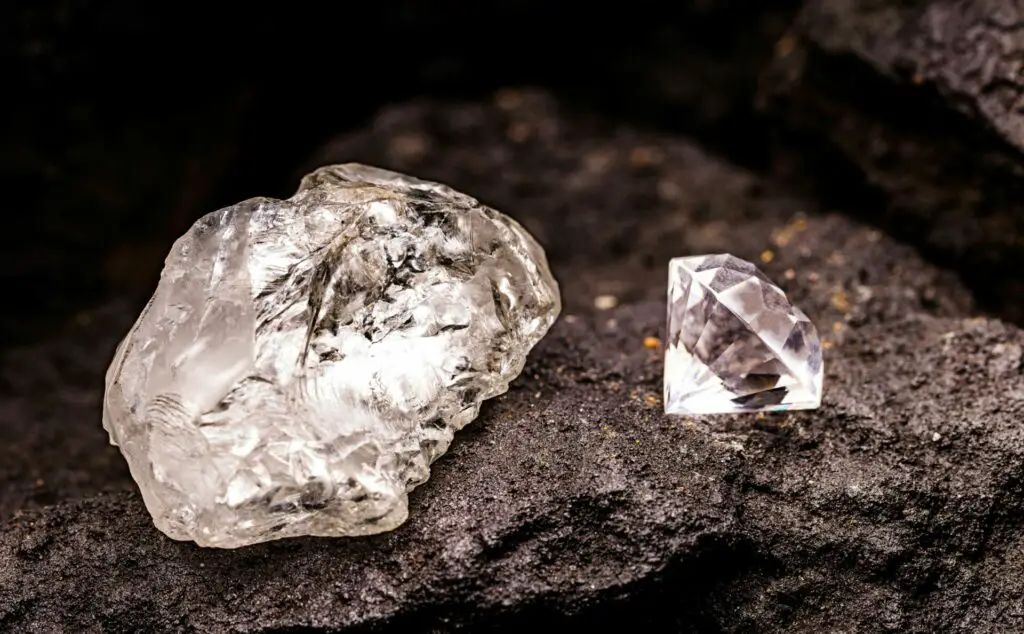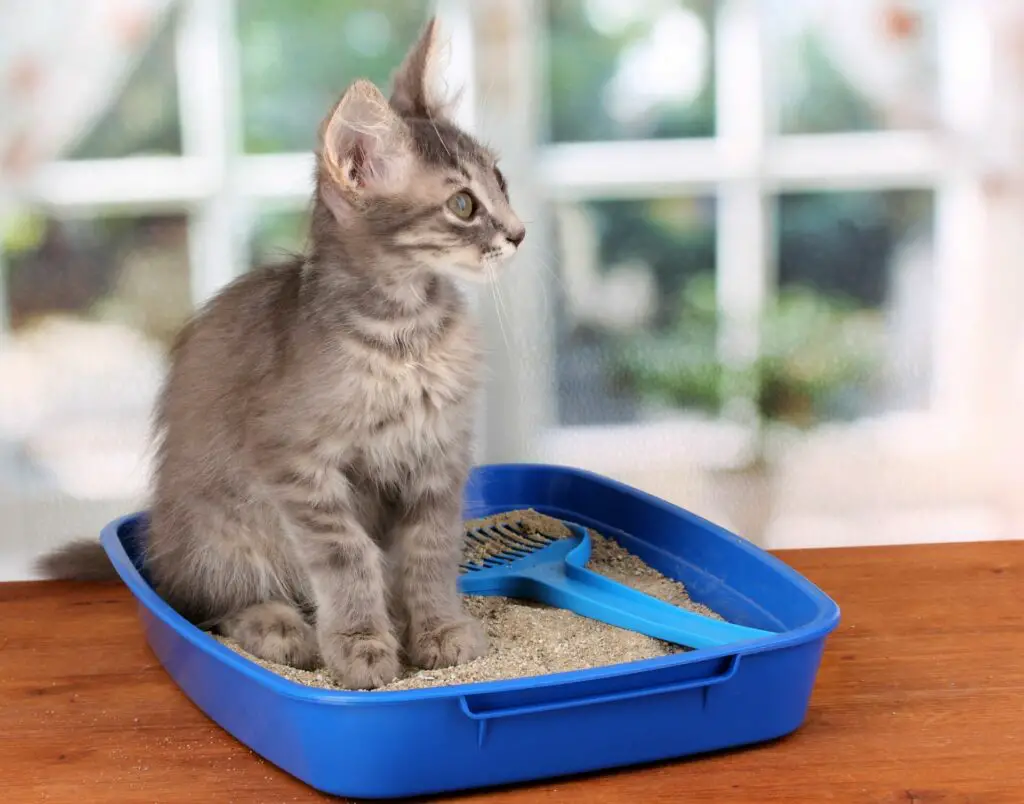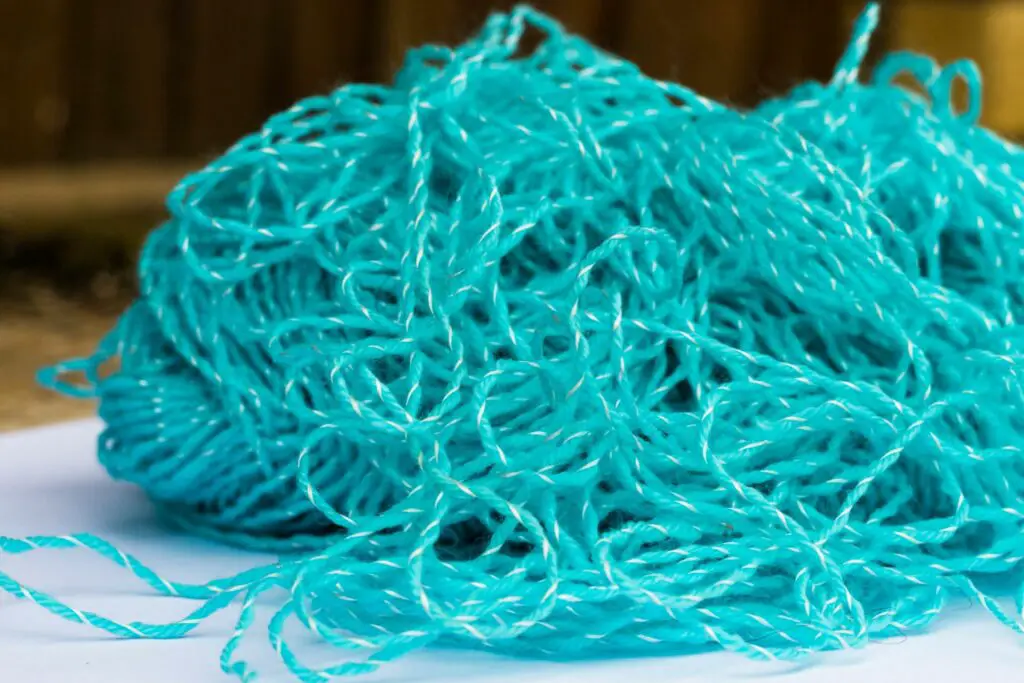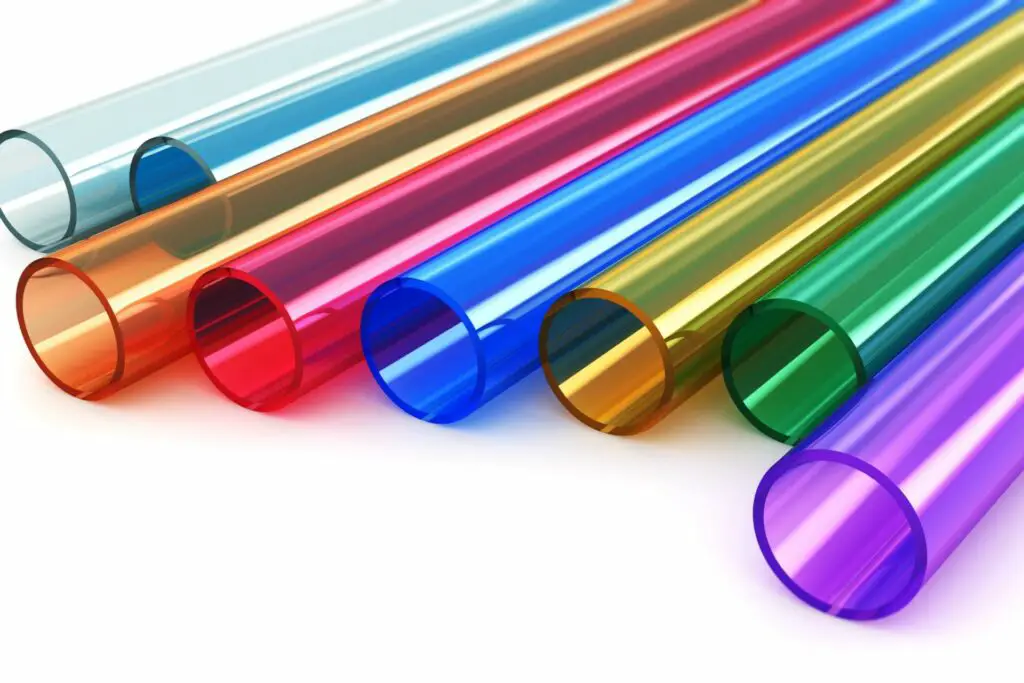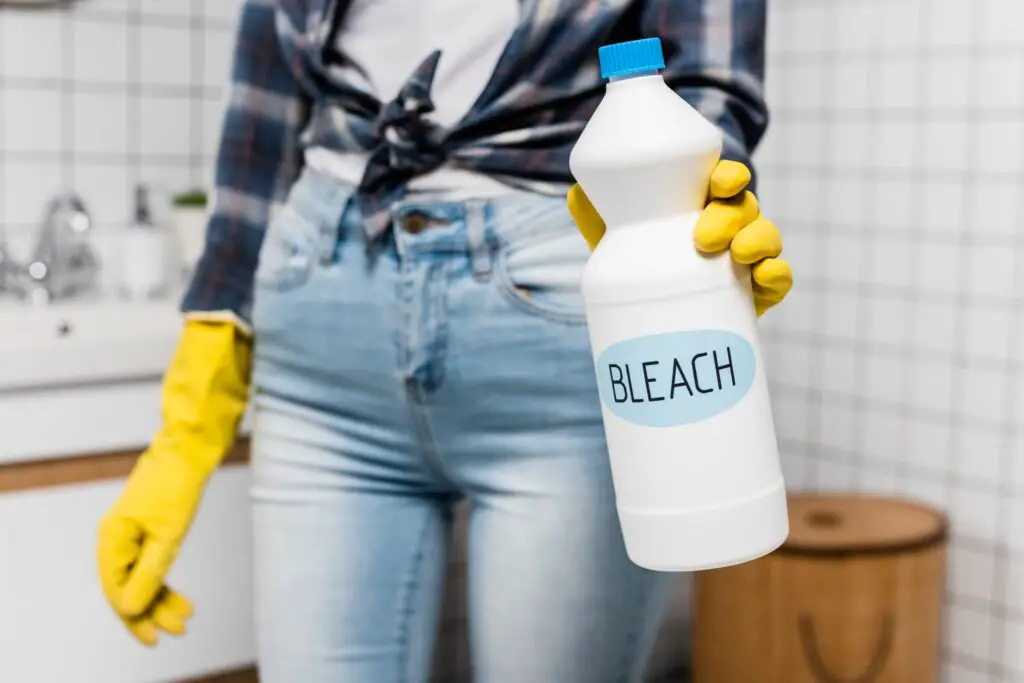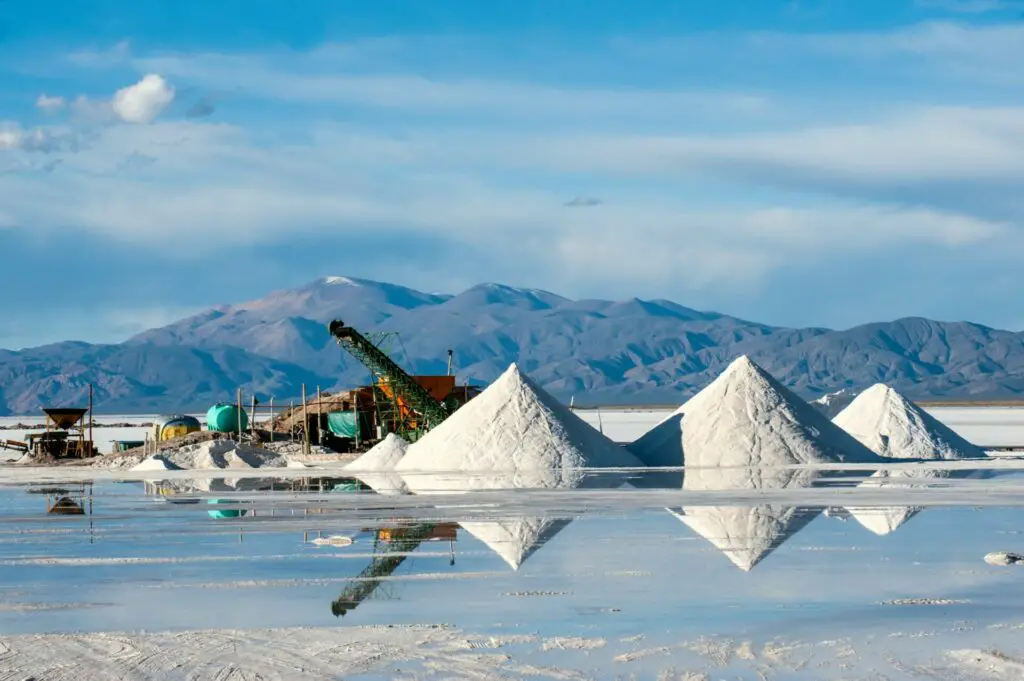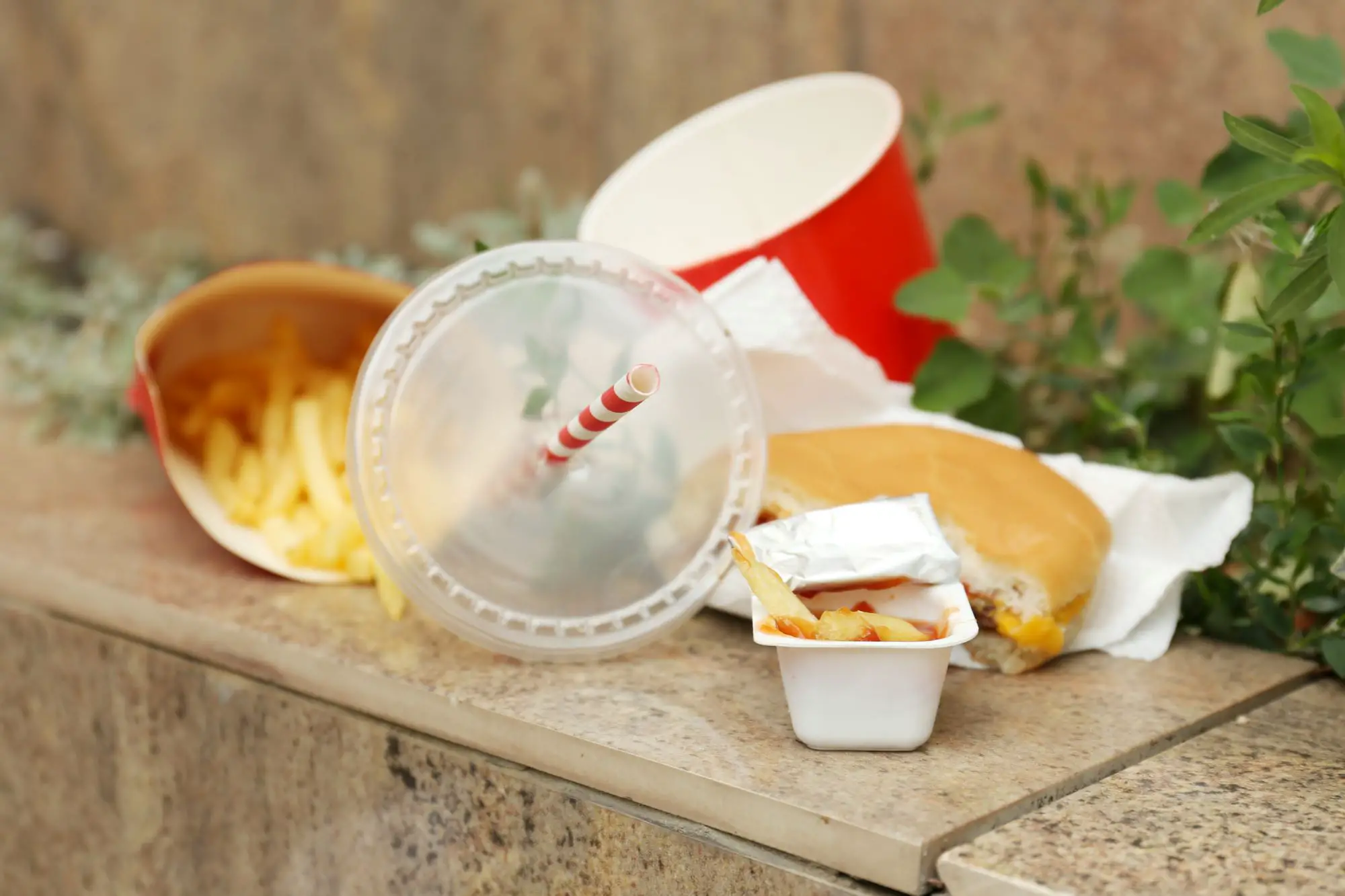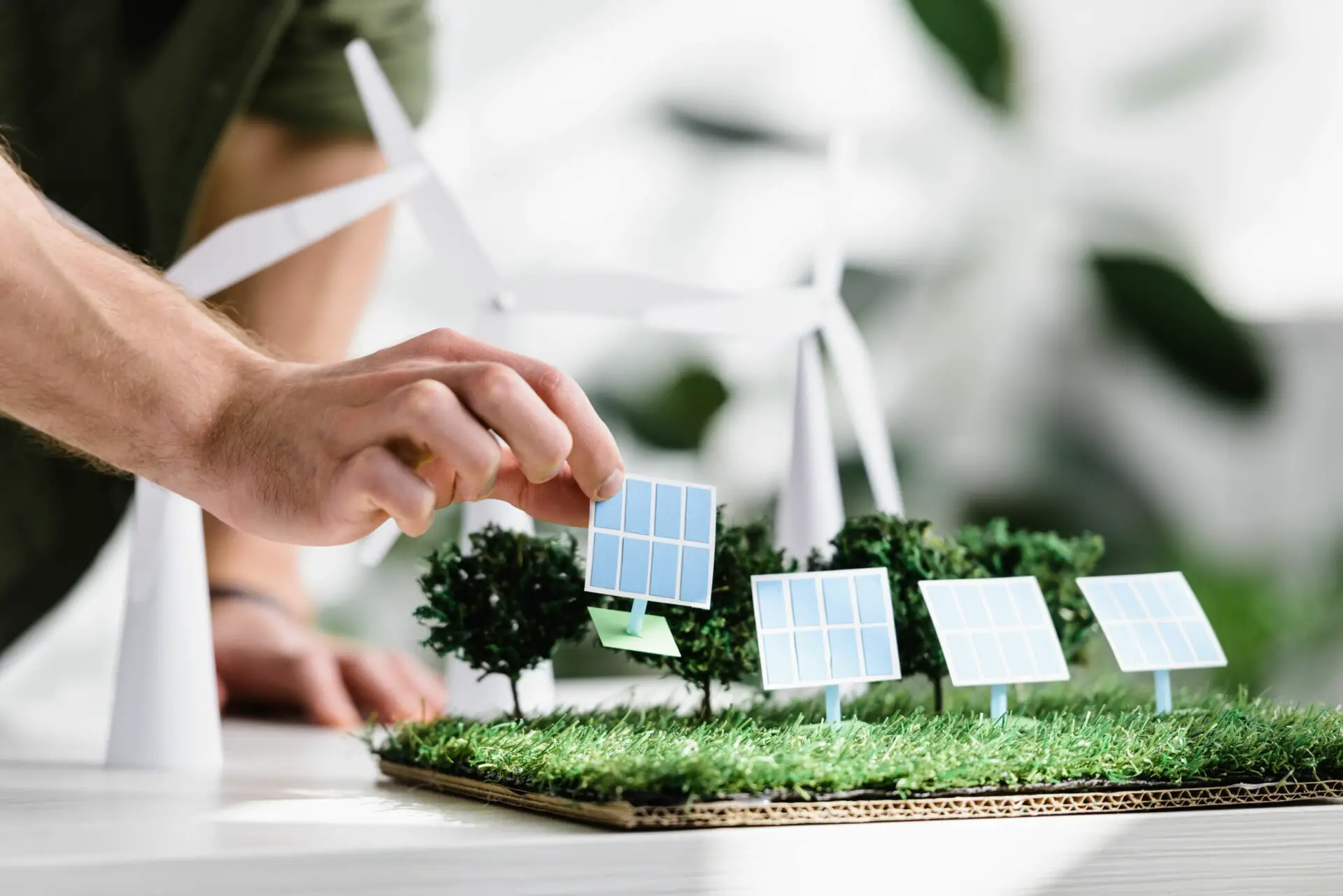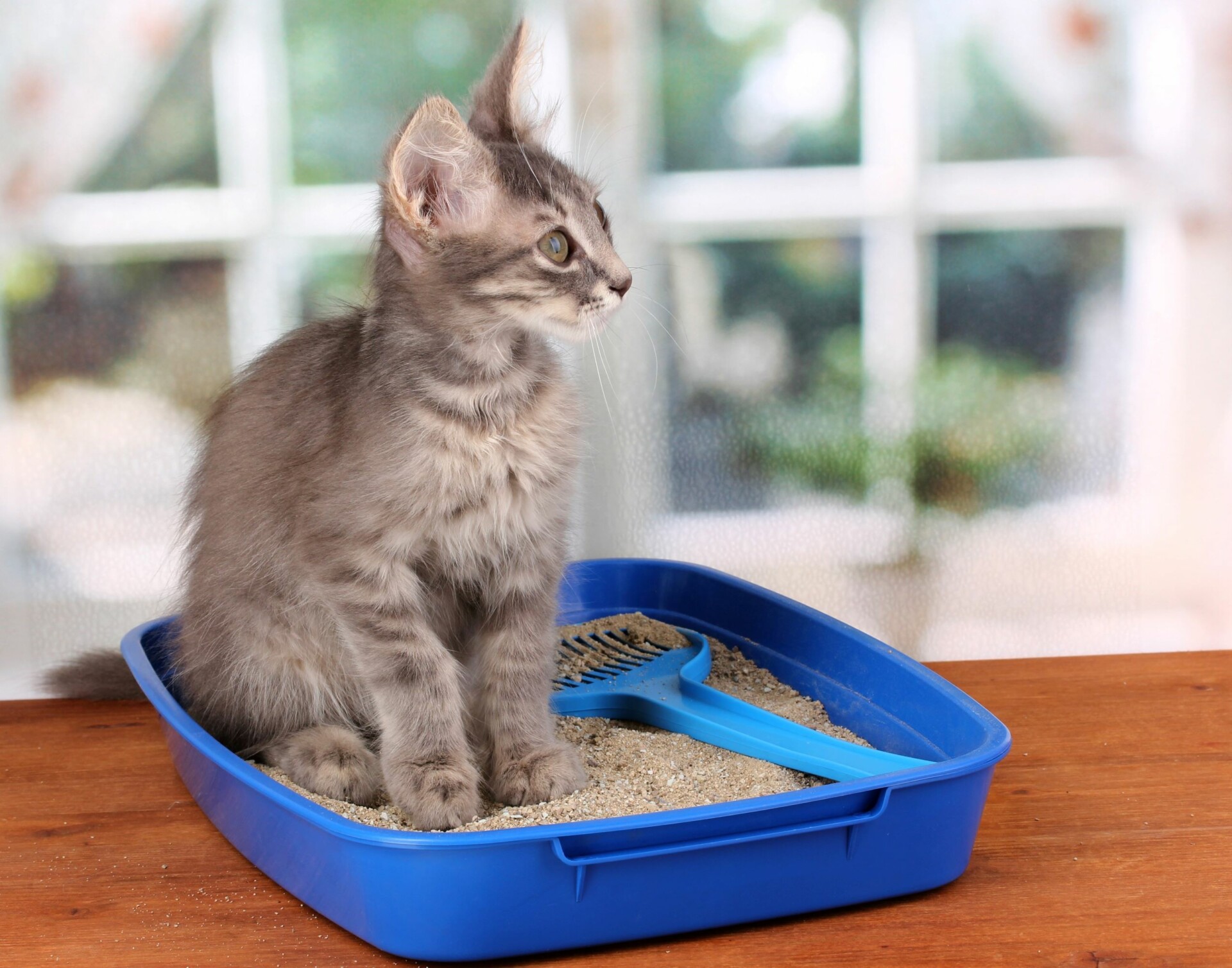The United Nations defines sustainability as “meeting the needs of the present without compromising the ability of future generations to meet their own needs.”
The concept of sustainability is extremely broad. But used as a guiding principle for specific activities, such as gardening, it becomes easy to see how some practices align with sustainability while others fall short.
While gardening can be sustainable, it requires a conscious effort.
Cultivating a sustainable garden means minimizing the number of resources you consume.
It also means taking steps to avoid harming the natural environments in and around your garden beds.
Fortunately, adopting more sustainable practices is easier than you probably think!
What Does Sustainable Gardening Mean?
Sustainable gardening’s primary goal is to leave the environment unharmed throughout the cultivation of plant life.
While sustainable gardening practices can be quite nuanced, they almost always involve reducing resource consumption.
This can be done both on a macro level — i.e., limiting greenhouse gas emissions — and on a micro level — i.e., preserving native soil health.
Is Gardening Always Sustainable?
No. If gardening was inherently sustainable, we wouldn’t need to give more responsible practices a second thought.
Sustainability is all about the use of resources. The average garden uses an incredible number of these resources.
Of course, some gardens are naturally more sustainable than others.
Any garden that relies heavily on fertilizer, pesticides, water, and power tools is going to be unsustainable.
The least sustainable gardens tend to be either completely ornamental or focused on high-yield food production.
Take a moment to think about your garden and how many resources are consumed each year to keep it alive. The sheer volume might surprise you.
5 Things That Make Gardening Sustainable
1. Compost
First, using compost in place of synthetic fertilizers means less demand for the chemicals that go into making these products.
This impact could be particularly significant when it comes to minerals that are mined from the earth.
Second, composting helps keep organic matter out of the trash and, as a direct result, out of landfills.
While the difference between your kitchen scraps decomposing in a compost pile and breaking down in a landfill might just seem like an issue of location, it’s actually extremely important.
Landfills do not offer the optimal conditions for organic matter to decay.
Instead, these materials sequester valuable nutrients while simultaneously releasing methane gas into the environment.
2. Avoiding Power Tools
In 1990, a study by the U.S. Environmental Protection Agency (EPA) found that lawn equipment was responsible for 5% of all greenhouse gas emissions.
More recently, Yale University estimated that the U.S. consumes approximately 600 million gallons of gasoline for lawn and garden care each year.
Yes, these tools are incredibly convenient. There are even situations where using gas- or electric-powered equipment is unavoidable.
But sustainable gardening means limiting your use of power tools whenever possible.
3. Minimal Irrigation
Water is technically a renewable resource. So why is its use one of the biggest threats to global sustainability?
While humankind will probably never consume all of Earth’s water, it could easily consume all of its accessible freshwater. After all, 99% of all water on earth is unusable by humans.
We can already see this happening in parts of the world, including West Asia, Africa, and the American Southwest.
Water scarcity has immediate consequences for the people living in these regions as well as the native ecosystems.
Plus, very few people access water right at the natural source.
The infrastructure that transports and treats water for human use consumes huge amounts of energy (56 billion kilowatt-hours per year just in the U.S).
4. Responsible Chemical Use
Sustainable gardening does not outright ban the use of synthetic fertilizers, pesticides, and herbicides.
Garden chemicals should only be used as a last resort. When chemicals are used, their application should be minimal — spot treatments and targeted formulas are ideal.
Responsible chemical use means selecting products that will have the best chance of success with the least potential for harm.
Not all chemical treatments are alike, and it’s the sustainable gardener’s job to differentiate the good from the bad.
Finally, how you apply these chemicals is just as important as the amount used.
For example, using any pesticide in an area with sensitive pollinator populations could be disastrous.
The same is true for applying fertilizer right before heavy rainfall that will wash it away.
5. Appropriate Plant Species
To create a sustainable garden, you must make a conscious effort to plant species that will not consume an excess of resources.
Oftentimes, the most sustainable plants are native species.
Because these species have evolved to handle the soil, climate, pests, and diseases that are common in the area, it takes far fewer resources to keep them alive.
Planting the appropriate species is especially important in drought-prone areas.
Water consumption for lawn and garden care tends to be even higher in regions with arid climates.
Planting cacti, succulents, and other drought-tolerant varieties (a practice known as xeriscaping) is the most effective solution.
What Are the Benefits of Sustainable Gardening?
On a global scale, sustainable gardening can have a direct impact on resource use and pollution.
On a personal level, sustainable practices can help save money and support a healthier garden ecosystem.
By adopting sustainable practices, you can reduce the number of greenhouse gas emissions produced by your household.
You can also minimize water consumption and eliminate the use of unnecessary chemicals like fertilizer or pesticide.
Remember that the greatest benefits of sustainable practices aren’t seen immediately.
Instead, the goal is preserving Earth and its natural resources for future generations of people, animals, and plants.
Is Sustainable Gardening Eco-Friendly?
The terms “sustainable” and “eco-friendly” are very closely related. But did you know each has a slightly different definition?
The sustainability movement focuses on conserving non-renewable resources while also making environmental improvements whenever possible. Sustainability is all about how our choices today ripple into the future.
Meanwhile, eco-friendly applies to anything that doesn’t directly harm the planet. This term is extremely broad and covers the vast majority of environmentally conscious practices.
So is sustainable gardening considered eco-friendly?
Yes! Sustainable gardening is eco-friendly because it aims to prevent harm to the planet and its natural resources.
Is Growing Your Own Food Sustainable?
Yes. Even if you’re unable to create a garden that is 100% sustainable, growing your own fruit and vegetables could majorly influence your carbon footprint.
Did you know that approximately 5.25% of global gas emissions are produced by agricultural crops grown for human consumption?
Commercial agriculture is one of humankind’s most damaging environmental practices when it comes to the environment.
Most consumers are also aware of the sheer number of chemicals and gallons of water used on crop fields each year.
But it’s important not to overlook the environmental impact of food transportation.
In 2019, the transportation sector accounted for approximately 29% of greenhouse gas emissions in the United States.
Very little produce sold in your local grocery store was grown in the adjacent area. Chances are, it wasn’t even grown in the same state or country.
Growing your own produce reduces reliance on fruit and vegetables that have been transported 1,000 miles or more.
Is Commercial Gardening Sustainable?
There’s a huge divide between home gardening and industrial agriculture. Commercial gardening accounts for much of it.
Commercial gardening refers to producing plants to sell to hobby gardeners or professional landscapers. Most plants purchased for your own garden came from one of these businesses.
Commercial gardening operations can range in scale from multi-million dollar superstores to small mom-and-pop greenhouses. This also means that commercial gardening varies greatly in terms of sustainability.
While sustainability is becoming a more common concern in the gardening world, many businesses are slow to adopt greener practices.
Sometimes, this slow uptake is the result of ignorance. Often, though, it’s because of profit margins.
Fortunately, most commercial gardening businesses that use sustainable practices are very open about their values.
By purchasing from commercial gardens and greenhouses that grow plants sustainably, you can help support these practices and encourage their continued use in the future.
How Can I Garden More Sustainably? (10 Tips)
1. Plant Native Species
Native plant species require far fewer resources than non-native varieties.
They also support biodiversity by providing natural habitats and food sources.
2. Test Your Soil
Healthy, balanced soil is the backbone of any good garden. But fertilizer (even organic compost) isn’t always the answer.
A simple soil test can identify which nutrients are present in your garden bed.
This information is key to preventing overfertilization.
3. Design a Rain Garden
Rain gardens are beds filled with native perennial species that collect rainwater at the bottom of a slope.
When strategically placed, a rain garden can filter up to 90% of chemicals and 80% of sediment from rainwater.
These garden beds also allow 30% more water to enter the soil than a traditional lawn, preventing run-off and erosion.
4. Install a Rain Barrel
Rain barrels are easily the most popular sustainable water source for residential gardeners.
These barrels collect falling rainwater for later use in the lawn or garden — no need to turn on the tap.
Many municipalities and non-profits offer free or subsidized resources for those interested in using a rain barrel.
Plus, using water from your rain barrel won’t affect your household utility bill!
5. Fertilize With Compost
Many gardeners rely on compost to get rid of household scraps and feed their garden beds.
And, whether the average gardener realizes it or not, composting is an incredibly sustainable practice.
Starting your own compost pile is ideal. But you can also source compost from a neighbor (many home composters have more than they can feasibly use!) or a local garden center.
6. Practice Integrated Pest Management
Integrated Pest Management (IPM) is a multi-faceted approach to handling agricultural and garden pest problems in the most sustainable way possible.
While IPM has the biggest global impact in commercial contexts, certain tenets can be adopted by the everyday gardener.
These include letting non-harmful insects live in our gardens undisturbed, preventing infestations in the first place, and using pesticides only as a last resort.
7. Use Hand Tools
Limiting your reliance on powered tools will lower the number of greenhouse gas emissions being produced by your gardening habits.
Whenever possible, opt for manual tools like hand-weeders and push-powered lawnmowers.
If using powered tools is unavoidable, select electric models over those that consume gasoline.
8. Grow Food Crops
If you don’t already grow your own food, it’s a great way to boost your garden’s sustainability.
Swapping out purely ornamental species for those that produce edible fruit or vegetables will give your garden a dual purpose.
Remember that growing produce is only as sustainable as you make it. Be sure to choose plant species that are appropriate for your climate.
9. Identify Invasive Species
The responsible management of invasive plant species is heavily dependent on everyday people.
Educating yourself on the most invasive plants in your area will make it easier to keep them out of your garden and remove them from natural ecosystems when appropriate.
10. Invest in Natural Shade
We don’t always think of trees as part of our gardens. But planting shade trees is an extremely sustainable practice.
Strategically placed trees will block the sun in the summer and cold winds in the winter.
This can directly benefit your home’s heating and cooling efficiency and energy consumption.
Conclusion
Is gardening inherently sustainable? No — it’s a shame.
Still, the collective effort of home gardeners to adopt more eco-conscious practices could have a huge influence on what resources are available to future generations.
If you’ve been hesitant to research sustainable gardening until now because of the work involved, you’re not alone.
But leading a more sustainable life does not need to mean making changes overnight.
And while it takes time to build new habits, these practices are guaranteed to benefit your garden beds just as much as the environment as a whole!
You Might Also Like…
- Is Fast Food Bad for the Environment? (& What You Can Do)
- Is Fabric Softener Bad for the Environment? (+5 Eco-Friendly Options)
- Is Fuel Dumping Bad for the Environment? (& How Often It Happens)
- Is Electricity Generation Bad for the Environment? (What You Should Know)
- Is Dry Cleaning Bad for the Environment? (4 Surprising Facts)
- Is Diamond Mining Bad for the Environment? (Important Facts)
- Is DEET Bad for the Environment? 4 Effects (You Should Know)
- Is Cat Litter Bad for the Environment? (5 Common Questions)
- Is Burning Cardboard Bad for the Environment? (6 Facts)
- Is Burning Paper Bad for the Environment? (6 Surprising Facts)
- Is Burning Leaves Bad for the Environment? (7 Quick Facts)
- 4 Natural Cleaners for Quartz Countertops
- 6 Eco-Friendly Acrylic Paint Brands (For Sustainable Artists)
- 5 Eco-friendly Alternatives to Acrylic Paint (& How to Make Them)
- Is Acrylic Paint Bad for the Environment? (7 Quick Facts)
- Is Acrylic Yarn Bad for the Environment? 8 Crucial Facts
- Is Acrylic Bad for the Environment? (8 Quick Facts)
- Is Aluminum Foil Bad for the Environment? 7 Quick Facts
- Is Bleach Bad for the Environment? 6 Crucial Facts
- Is Lithium Mining Bad for the Environment? 6 Crucial Facts

